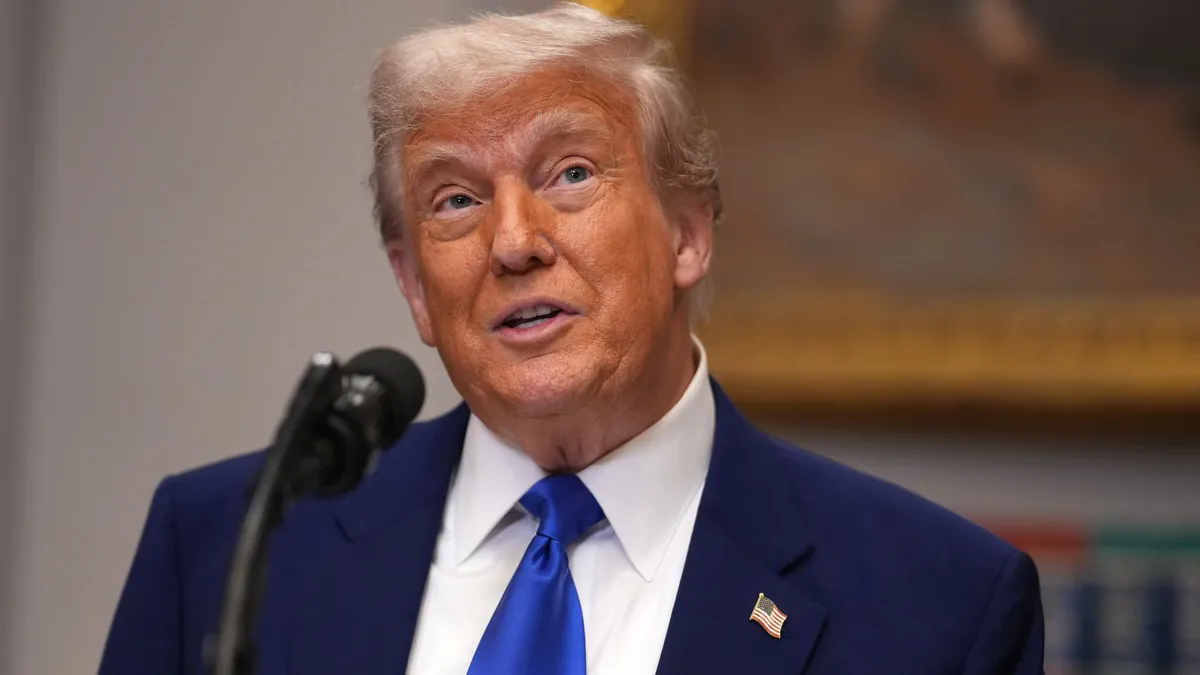
On Monday, President Donald Trump revealed that China has agreed to open its markets following a significant development in the ongoing trade negotiations between the United States and China. This breakthrough came during high-level trade talks held in Geneva, Switzerland, over the weekend, where both nations agreed to temporarily slash most of the tariffs imposed on each other's goods.
While Trump provided limited details regarding this agreement, he emphasized that it could be one of the most crucial outcomes of the discussions. "We have to get it papered," he stated at the White House, just before signing an executive order aimed at lowering U.S. drug prices. Trump expressed optimism, saying, "But they've agreed to open up China."
The announcement from Trump coincided with statements from U.S. and Chinese officials, who confirmed that they had reached a consensus to pause most tariffs and other trade barriers for a period of 90 days. Under this temporary agreement, the U.S. has committed to reducing its tariffs on Chinese goods from 145% to 30%. In reciprocation, Beijing has agreed to lower tariffs on U.S. products from 125% to 10%.
During a press conference on Monday morning, Trump assured that tariffs on China would not revert to 145%, even if a more comprehensive long-term deal is not finalized by the end of the 90-day pause. "But they would go up substantially," he cautioned, indicating that the situation remains fluid.
As part of the temporary agreement, the U.S. will reduce its reciprocal tariffs on Chinese imports to 10%. However, the U.S. will also maintain a 20% tariff imposed previously, in connection with allegations surrounding China’s involvement in the influx of fentanyl into the United States. Additionally, tariffs on certain products, such as steel and aluminum, that were established before early April will remain in effect.
On the other hand, China is expected to suspend or eliminate the non-tariff countermeasures it has enacted against the U.S. since April 2. These measures had effectively created a trade embargo with one of America’s largest suppliers. The agreement to temporarily suspend tariffs is set to take effect on Wednesday, marking a hopeful step towards de-escalating trade tensions.
As the U.S. and China navigate these complex trade negotiations, the outcomes of this temporary agreement could have significant implications for future relations between the two superpowers. Observers will be watching closely to see how both nations implement these changes and whether they lead to a more stable trading environment.